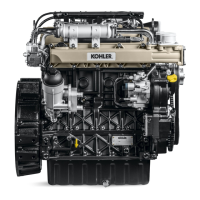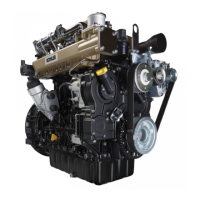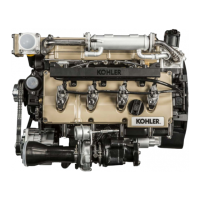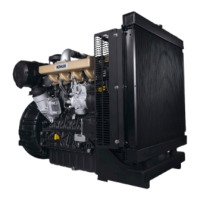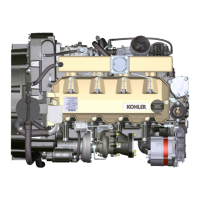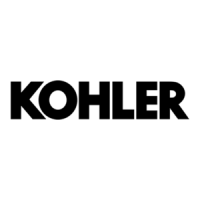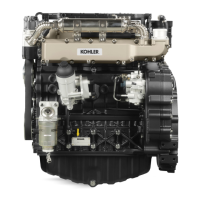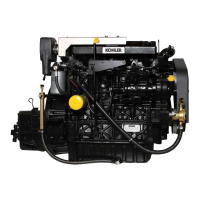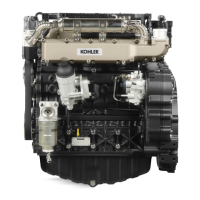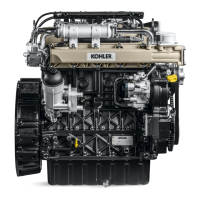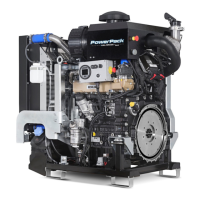4
STORAGE INFORMATION
EN 56
4 STORAGE INFORMATION
4.1 Product preservation
Important
•
If the engines are not to be used for 6 months, they must be protected by carrying out the operations
described in Engine storage (up to 6 months) (Par. 4.2).
•
If the engine is still not in use after the first 6 months, it is necessary to carry out a further procedure to
extend the protection period (more than 6 months) (Par. 4.3).
•
If the engine is not to be used for an extended period, the protective treatment procedure must b
e
r
epeated within 24 months of the previous one.
4.2 Engine storage (up to 6 months)
Before storing the engine check that:
•
The environments are not humid or exposed to bad weather. Cover the engine with a proper protectiv
e
s
heet against dampness and atmospheric contaminants.
•
The place is not near electric panel.
•
Avoid storing the engine in direct contact with the ground.
4.3 Engine storage (over 6 months)
Follow the steps described in Par. 4.2.
1. Pour protective oil in the carter up to the MAX level.
2. Refuel with fuel additives for long storage.
3. With expansion tank:
make sure that the coolant is up to the maximum level.
4. Without expansion tank: Top liquid up until the pipes inside the radiator are covered by about 5
mm.
Do not overfill the radiator, but leave room forr the fuel to expand.
5. S
tart the engine and run it at idle speed for around 2 minutes.
6. Bring the engine to 75% of maximum rated speed for 5 to 10 minutes.
7. Turn off the engine.
8. Empty out completely the fuel tank.
9. Spray SAE x10W-40 on the exhaust and intake manifolds.
10. Seal the exhaust and intake ducts to prevent foreign bodies from entering.
11. Thoroughly clean all external parts of the engine. When cleaning the engine, if using a pressur
e
wa
sher or steam cleaning device, avoid directing the nozzle on electrical components, cabl
e
connections and sealed rings (oil seals etc).
If cleaning engine with a pressure washer or steam cleaner, it is important to maintain a minimum
distance of at least 200mm between the surface to be washed and the nozzle - avoiding absolutely
electrical components such as alternators, starter motors and engine control units (ECU).
12. Treat non-painted parts with protective products.
13. Loosen the alternator belt Par. 7.2.3 point 1 and 2
If the engine protection is performed according to the suggestions indicated no corrosion damage will be
found.
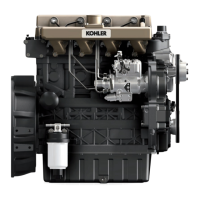
